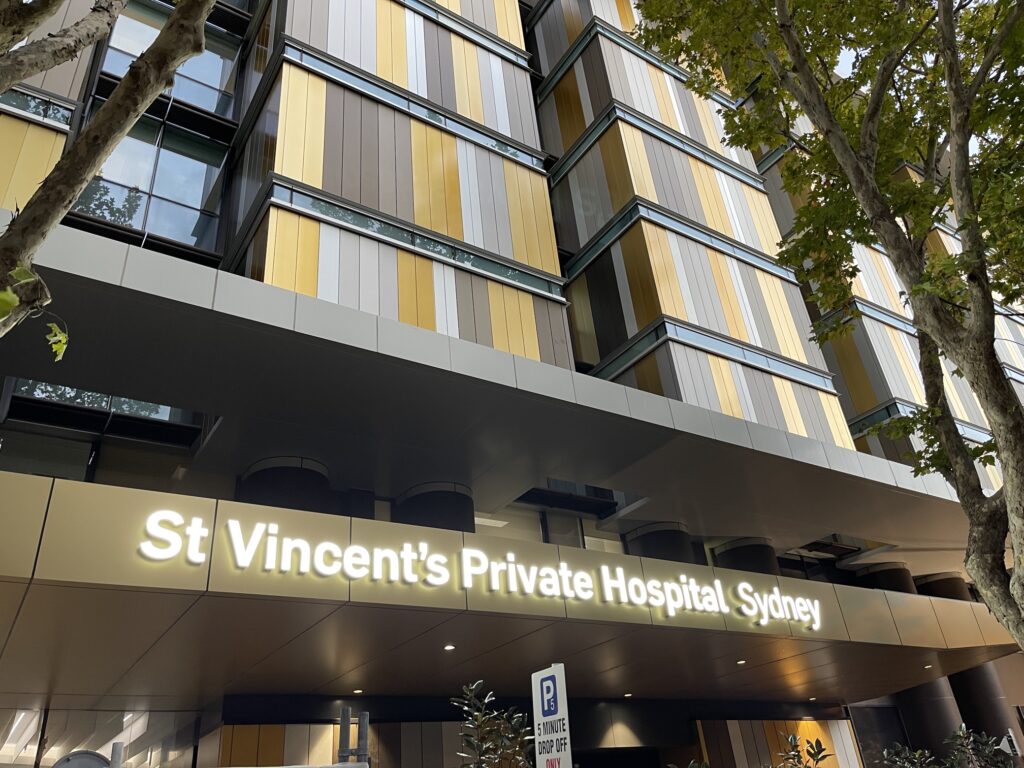Surface Festival – Miami Gold Coast, Australia
You may have noticed that some billboards or displays in your neighbourhood have an internal light source. These are illuminated signs. If you are a business, your signage will in some way impact the growth of your company because your advertising campaign and the people you target will be influenced by your signage.
The lighting element in an illuminated sign can vary from filament lighting to LED lighting. This blog post will describe the various types of illuminated signs, how LED in particular is used to light signs and the benefits of using LED lighting for your signs.
Signs that use any form of lighting are illuminated signs. They have some advantages over non-illuminated signs. Illuminated signs are more visible even from afar or in foggy weather conditions. As a result, marketing campaigns have a wider reach. Here are some of the common types of illuminated signs:

LED signs
LED signs are illuminated by LED lights, which contain small chips that can be aligned in various ways to illuminate unlimited shapes of signage.
Face lit signs
These are 3D or built-up signs containing a lighting element that glows through the acrylic face of the box to light up letters and other inscriptions on its face.
Edge-lit signs
These are also acrylic signs, but they are lit by a bright source located at the edge of the acrylic.
Backlit signs
Backlit signs are usually large format colour graphics that are lit by a light source located at the back of the sign.
Trough lit signs
When signs need to be installed at heights with limited access, trough lit signs are often used. They are sometimes powered by LEDs, which provide longevity.
LEDs have unique characteristics that make their use more advantageous in illuminated signs than other lighting elements. Most of these characteristics are highlighted under the benefits of lighting signs with LED below. An LED sign is powered by a light-emitting diode (LED), a semi-conductor that glows when voltage is applied to it. Because LED chips are very tiny, they can be configured in different ways to illuminate various shapes and sizes of indoor and outdoor signs.
LED lights can last for over a decade without the need to replace them. They will provide brilliant illumination for 50,000 to 100,000 hours without a significant decrease in their output. Unlike incandescent lights, which have a notoriously short life span, LEDs produce light without having to burn a filament. This makes them last significantly longer. Also, frequent switching does not reduce the life span or efficiency of LEDs as it does traditional lighting sources. Incandescent light bulbs would require replacements up to 50 times before an LED light will need replacement a single time. Most LED lights will provide illumination for several years maintenance-free.
LED lights are thin and flexible, so they can be configured in so many ways to illuminate various shapes of indoor and outdoor signages. They come with adhesive backing, making it easy to bend them into various curves and angles. In contrast with neon and fluorescent lights, which contain sensitive parts that may crack, LED lights have no glass parts to break, so they are among the most durable commercial lighting applications for signages.
High-quality LED lighting will produce a great deal more light than incandescent bulbs while using the same amount of energy. This implies higher energy efficiency for LED lighting, which translates to much lower monthly energy bills. When durability and lower replacement costs are factored in, the use of LED light for sign illumination is one of the essential strategies for addressing energy efficiency issues in a company.
Neon signs tend to appear blurry from a distance, and fluorescent lights are uneven. The reason an LED lit sign is visible from a great distance and under direct sunlight is that it produces very clear and bright illumination. Also, LEDs are dimmable, and they can be programmed to adjust their brightness by remote control.
In addition to fragile glass parts that can cause injury in the event of breakage, fluorescent lights contain mercury, a heavy metal that is toxic to the environment. In contrast, LED lights are eco-friendly. Generally, most incandescent bulbs turn most of their energy into heat. They use only a small fraction of the energy for the production of light. On the other hand, LEDs emit almost no heat. A large part of the light they emit is within the visible spectrum, making them ideal for use during the dark winter months.
LED signs are about the most versatile amongst the various types of illuminated signage. They completely eliminate the issues of high maintenance and energy costs as well as the frequent need to replace burnt-out bulbs and tubes. And, since LED light produces precise, direct illumination, it is a perfect source of lighting for most company sign applications. At Apex Signage, we are Sydney and Gold coast signage specialists. Contact us today for expert custom solutions for all your signage projects.